DATELINE:
Bethlehem, PA 1864
Bethlehem, PA 2012 Moravian College, Arena Theatre Area
Magic occurs in theatre when the audience is convinced to shed its reality for the reality of the players. Creating a bond and a shared world.
A faux reality, sure, but not necessarily frivolous. Social reality occurs when the greasepaint comes off and the audience returns to merge the concentrated reality of a couple of hours to to the real time and space. Has anything changed. Was there a point? Dunno. Is a journalist in residence job in a theater to pop balloons or help to blow them up? Let’s try both.
Years back in Paris, a friend and I, in conversation with a member of Comedie Francais, listened to a long description of an entire afternoon spent at the theatre deciding the proper placement of a chair upon the stage. It was like a detailed hunting story. Much richer for the raconteur than the listener. But rich non the less. Perhaps for its apparent luxury.
As my friend and I walked down Rue du Four toward Rue St. Sulpice, he asked: “Can you imagine… an entire afternoon to consider the placement of a chair? Is it valid? Can it matter? Can you imagine?”
“Of course, I can.” I replied. I’m in France to gather a few images amounting to a few hundredth of a second and a few pieces of film. Less words than a power point that will be edited further. And a magazine sent me. Its not the total number of words a writer writes or and actor speaks. But the few visual sentences that last. Its the ones gotten right. That work. Transforming even a little.
That’s the way the magic occurs. In bumps and grinds. For A RESTING PLACE we’ve watched the project conceptualized, the script written and critiqued, the concepts and direction added. At a certain point, the actors mostly know their lines, and it’s time to costume. Usually as the costumes go on and refine, the actors seem to find their vocal and physical voice. Where the chair get fixed in a place no one will trip over it. In a show like A RESTING PLACE, this is when the time machine takes over.
As our watches no longer work, how will we measure time? How does the dateline of a journal work? A RESTING PLACE concerns the American Civil War. During a blood bath of 600,000 casualties in an embryonic country of only four generations battled to independence within familial memory by a total force of perhaps 30,000. The size of tragedy shares proportion with inverse squares.
The Declaration of Independence was a complete philosophic document, while the Constitution and its philosophy are still growing as they were meant to.
On the history front, a few points creating appropriate impression. The comment that “all men are created equal in one of those documents” is historically inaccurate as per today’s definitions. As is the concept that the North was unified against slavery.
The Dred Scott decision of 1857 by the US Federal Supreme Court held that slavery was constitutional and even counted each slave as 3/5ths of a person. There were 9 members of the Supreme court. From the States of MD, NJ, GA (2), TN, VA, NY, PA, MA. The vote was 7-2. As 4 of the “Justices” were from Northern States, we can assume at least 2 voted for slavery, i.e. the ownership of another human being as property as a constitutional right.
Until the 14th amendment in 1867, citizenship was bequeathed by each states according to its ethers, i.e. one was a citizen of that state, if I am not mistaken. In 1867, US Citizenship became national by birth (Must have been one hell of a vote state by state.)
Therefore the rights of a citizen were pursuant to the laws of that state on all matters in which the national constitution was silent. So, it as the state conferred citizenship it also could withhold the constitutional rights “under law” by withholding citizenship. So the equality espoused in the Declaration of Independence written by slave owners was clearly understood to exclude slaves.
The comment about a unified North is also untrue. Here in PA, where slavery was banned, profits from it were not. One of the largest slave fleets was owned by a Quaker Family Shipping Company operating out of Bristol. The wealth and the family might remain to this day. They may have supported the “underground railroad”.
The relations with the Lenape, who not only farmed side by side but often shared churches and intermarried, were pretty good. Relations with indigenous people were often pretty good among the protestant utopian communities, but “Indians” were also a mixed lot often forming allegiances with the warring Europeans (English & French, mostly). The terrors of wars remaining in familial memories for generations.
The fastest transfer of words was the telegraph. So long as the lines remained. We reference hundreds of images, real and manufactured. I understand Lincoln walked to the Western Union Office in Washington City several times a day during the Battle of Gettysburg, hoping for news via Telegram. Close your eyes and listen for one of his shoes to squeak.
He would not survive the War. At the time of his assassination by conspirators operating on behalf of the Confederacy, Lee had surrendered but about 75,000 confederate troops remained under arms in the Carolinas and perhaps another 25,000 in Texas. More than 3 times the size of American Army during the revolution. The placement of his chair in that theatre may have been critical. Had it blocked the door the Union may have been a different place.
Some consider the movement of Lincoln’s funeral train from Washington City to Springfield Illinois to be the first act of unification of the United States of America. More than 1600 miles, 180 cities, 7 states in about 2 weeks.
So, we must be mindful of the time and space presented to us by our actors. Their job to take us to another place. An illusion differing greatly in time, space, and perspective. Moving few miles; staying in one city; covering a hell of a lot of ground in about two hours.
Where do we set our clock? In this theater? Where it works… making the most sense and providing the most intelligent understanding within our imaginations.
—-
H. Scott Heist
journalist in residence
Touchstone Theatre’s A RESTING PLACE
© h scott heist 12
Contributions are the work of H. Scott Heist, journalist in residence. Both photographs and copy are reserved. Use is by permission for the promotion and appreciation of the Civil War/Cemetery Project. All inquiries and comments are both invited and appreciated.
appreciated.

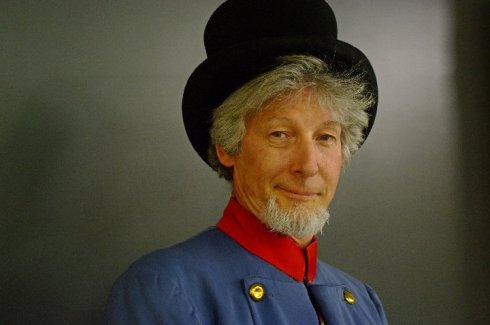
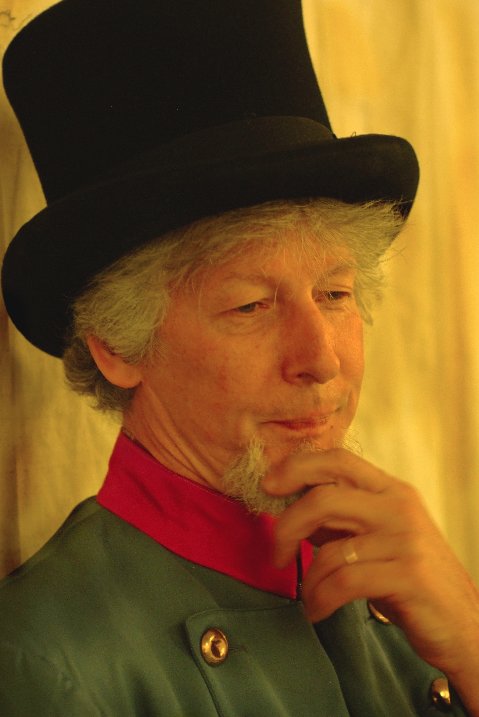
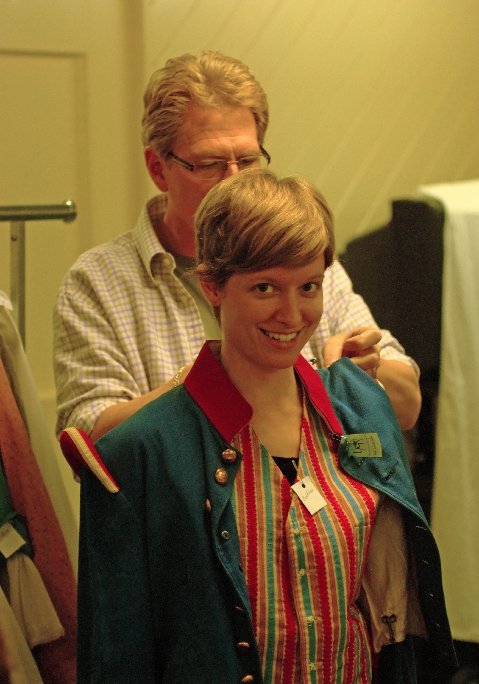
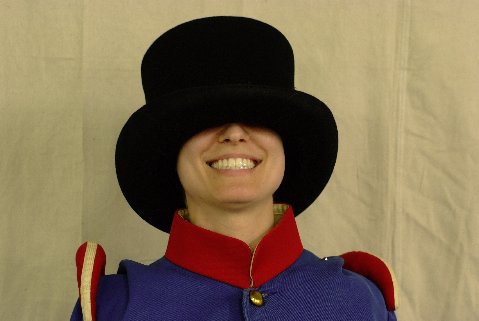
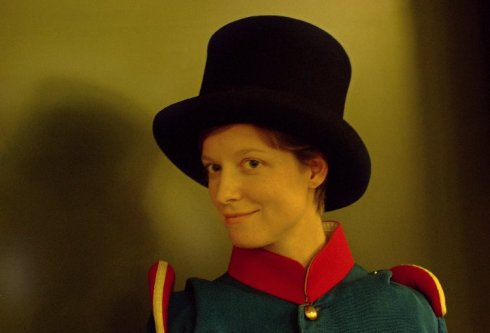







Leave a comment